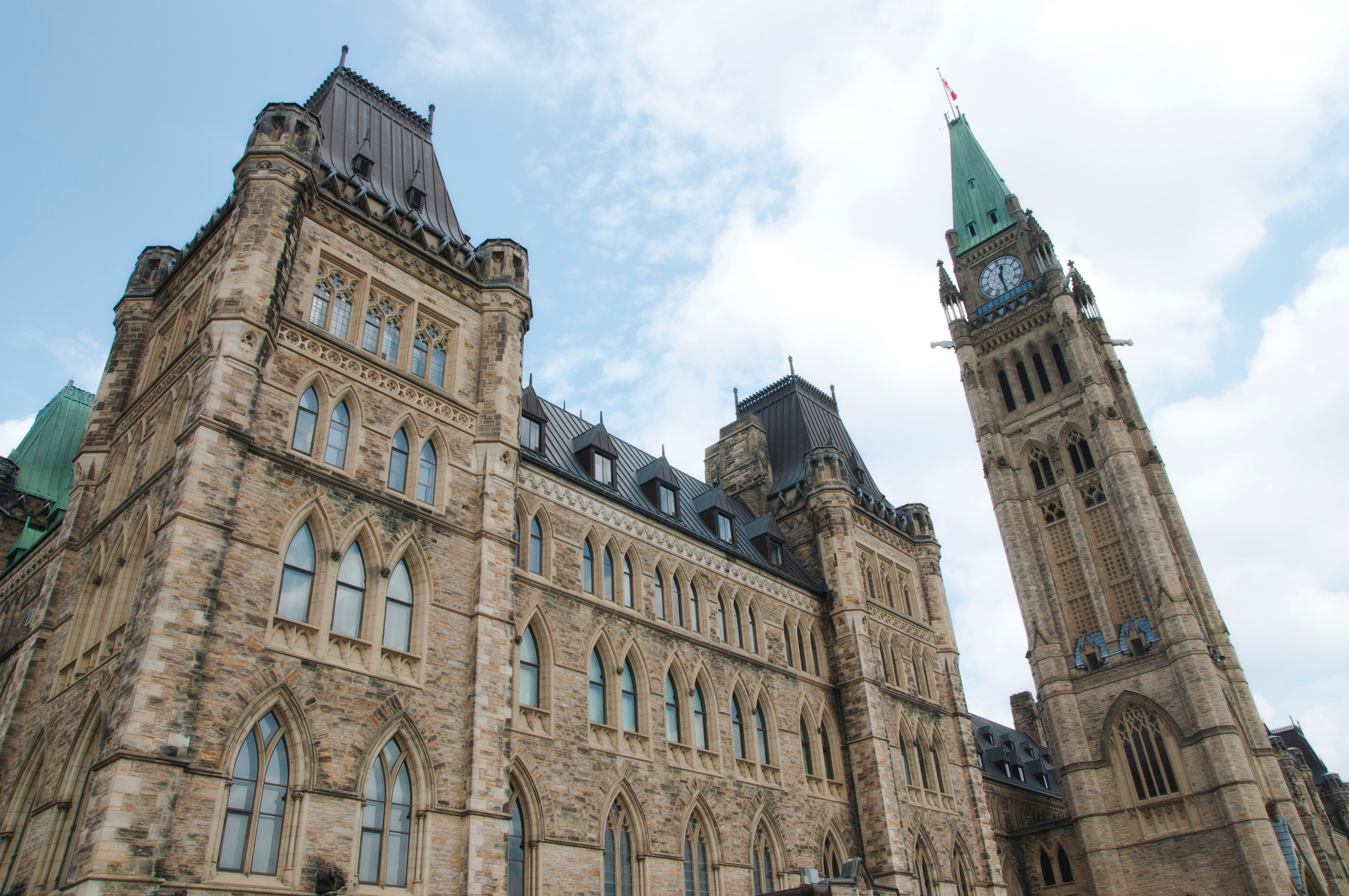The new Liberal federal government released on March 22, 2016 its budget, in line with campaign promises to spend on infrastructure in order to spur on the economy and create jobs for Canadians. A deficit budget was expected, and delivered, but you may be wondering how it would affect (or benefit) you? Titled “Growing the Middle Class” the budget focused on 8 key areas:
- Help For the Middle Class
- Growth for the Middle Class
- A Better Future for Indigenous Peoples
- A Clean Growth Economy
- An Inclusive and Fair Canada
- Canada In The World
- Open and Transparent Government
- Tax Fairness and a Strong Financial Sector
In what way is the budget affecting “average” Canadians? The following is a quick highlight:
Help For the Middle Class
Child Tax Benefits: in an effort to simplify benefits currently received (Child Tax Benefit and Universal Child Care Benefit), this government will be introducing a single payment, and increasing that payment versus what would have been received previously. It will also be better targeted based on family income, to allow low income families to get increased financial support. Families with an income less than $30,000 will be able to receive the maximum $6400 per child under the age of 6, and $5400 for each child ages 6-17. This change will begin July 2016, based on your 2015 income tax filings, and is reported to effect 9 out of 10 families in Canada.
The government giveth and they taketh away however. The current children’s fitness and arts tax credit for activities will be cut by half for 2016 and eliminated entirely for 2017. This means that you will no longer be able to claim your child’s sports or arts activities for tax credit on your income tax.
Income Splitting (non-pension): for those families with children under 18 who have previously used income splitting as a way to reduce family taxes will no longer be able to do so, effective this year.
For Students attending post-secondary school: identifying the need to make student tuition and loan repayments more affordable, effective with the 2016-17 academic year, the government will be enhancing the student grants by 50% ($3000 for low income families, $1200 for middle income families). The federal government will also be introducing the Canada Student Loan Program Repayment Assistance Plan which will allow for no student loan repayments to be due until the individual is earning $25,000 or more. Also new to this year’s budget is the Flat Rate Student Contribution which allows a student’s income and assets to be exempt from eligibility criteria for student loans, and the student would only have to contribute a flat rate amount, helping those who are working or have substantial assets to still qualify for student loans to aid in tuition payment.
Again, the government giveth and they taketh away by eliminating the textbook and education tax credit, citing that these tax credits don’t offer financial assistance when the student needs it the most. Savings from eliminating these credits will be used towards the aforementioned enhancements to student loans.
Youth Employment: an additional investment of $165.4million will be made towards the youth employment strategies and programs currently in place. Other initiatives include a Panel on Youth Employment, the establishment of a Prime Minister’s Youth Council, as well as increasing co-op placements with the launch of the Post-Secondary Industry Partnership and Co-operative Placement Initiative in 2016.
Employment Insurance Improvements: the government has identified the difficulty applicants have in the wait time (currently 2 weeks) and will be streamlining in order to provide a 1 week turnaround on employment insurance benefits effective January 2017. Applicants will also experience simplified job search responsibilities, and the extension of the Working While on Claim pilot project.
Growth for the Middle Class
In part, investment in infrastructure is the mainstay for growing the middle class within this year’s budget. Investments include:
- Public transit ($3.43 billion over 3 years)
- Water, wastewater & green infrastructure projects ($5 billion over 5 years)
- Social infrastructure including affordable housing, early learning & child care, cultural & recreational infrastructure, and community health care facilities ($3.4 billion over 5 years)
- Continue to make available $3 billion for municipal infrastructure projects through the Gas Tax Fund
Want to know how your personal financial position can be affected? Contact me to discuss further.
